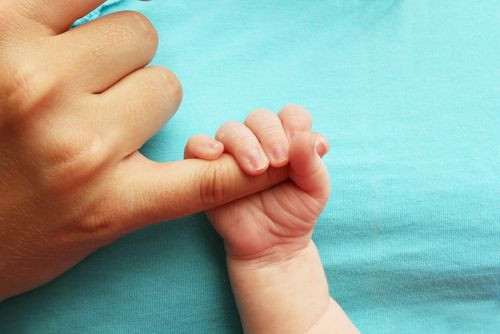Hereditary Childhood Obesity Puts Kids At Danger Early; Children Affected As Early As Age 2

The amount of obese children has more than doubled in the past 30 years and shows no signs of stopping. Some of it has to do with an unrestrictive diet of fast food and sugar, while others are plagued by genes and negligent eating habits passed down by their parents. Researchers from the University of Cambridge unraveled answers to the complicated questions of how strong of a role genetics play in the childhood obesity epidemic.
It’s a well-known fact that the odds are against children and adolescents who are obese. Not only are they more likely to become obese as adults, but they are also at a higher risk for adult health problems, such as heart disease, type 2 diabetes, stroke, various cancers, and osteoarthritis, according to the Centers for Disease Control and Prevention (CDC). If your 2-year-old child is already obese, they are at a high risk of being obese for the rest of their life.
Why is obesity such a dangerous, life-threatening diagnosis, especially for children? More than a third of children and adolescents were overweight or obese in 2012, which means it’s likely they’ll develop diabetes, joint problems, sleep apnea, social and psychological issues such as stigmatism and poor self-esteem, high blood pressure, high cholesterol, and stroke. When researchers studied the genes of 3,031 children in England, France, and Spain from the time they were born up until they were 5 years old, they found the risk started early.
There are 16 different types of obesity-risk alleles, which are genes that make a person more likely to become obese. Researchers found no obesity-risk alleles when participants were infants, but by the time they were 2 or 3 years old, they saw postnatal fat had increased enough to red flag. The allele score, which was measured by how many obesity allele gene combinations there were, was highest at that age. This can be used as a prediction for the obesity risks to come.
"Our findings suggest that genetic susceptibility to obesity promotes early gains in both weight and length/height that are apparent before the positive influence on BMI,” the study’s authors wrote. “This premise is strongly supported by our novel finding of positive associations between the obesity risk-allele score and both fat mass and lean mass, but not relative body fat, in infancy and early childhood."
Pediatricians are very concerned about the number of growing overweight and obese children, according to the American Academy of Pediatrics. If the obese 2-year-old is not intercepted when early threats are high, and continues an unhealthy growth to the age of 4, the chances of them becoming obese reaches 20 percent. Overweight teenagers have an 80 percent chance of becoming obese adults, which is even more frightening because they don’t even need to be obese to have the odds weigh gravely against them. These children will become burdened with a lifetime of serious health concerns. Sure, changing food habits, environments, and exercise routines will help shift the scales toward safety, but nothing life-changing will happen until parents and doctors intervene to help the child want help.
Source: Elks CE and Ong KK. JAMA. 2014.



























